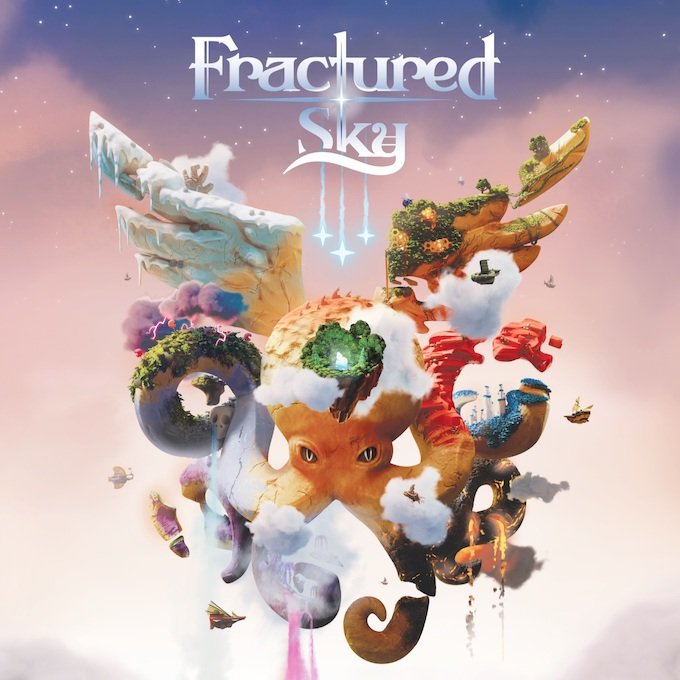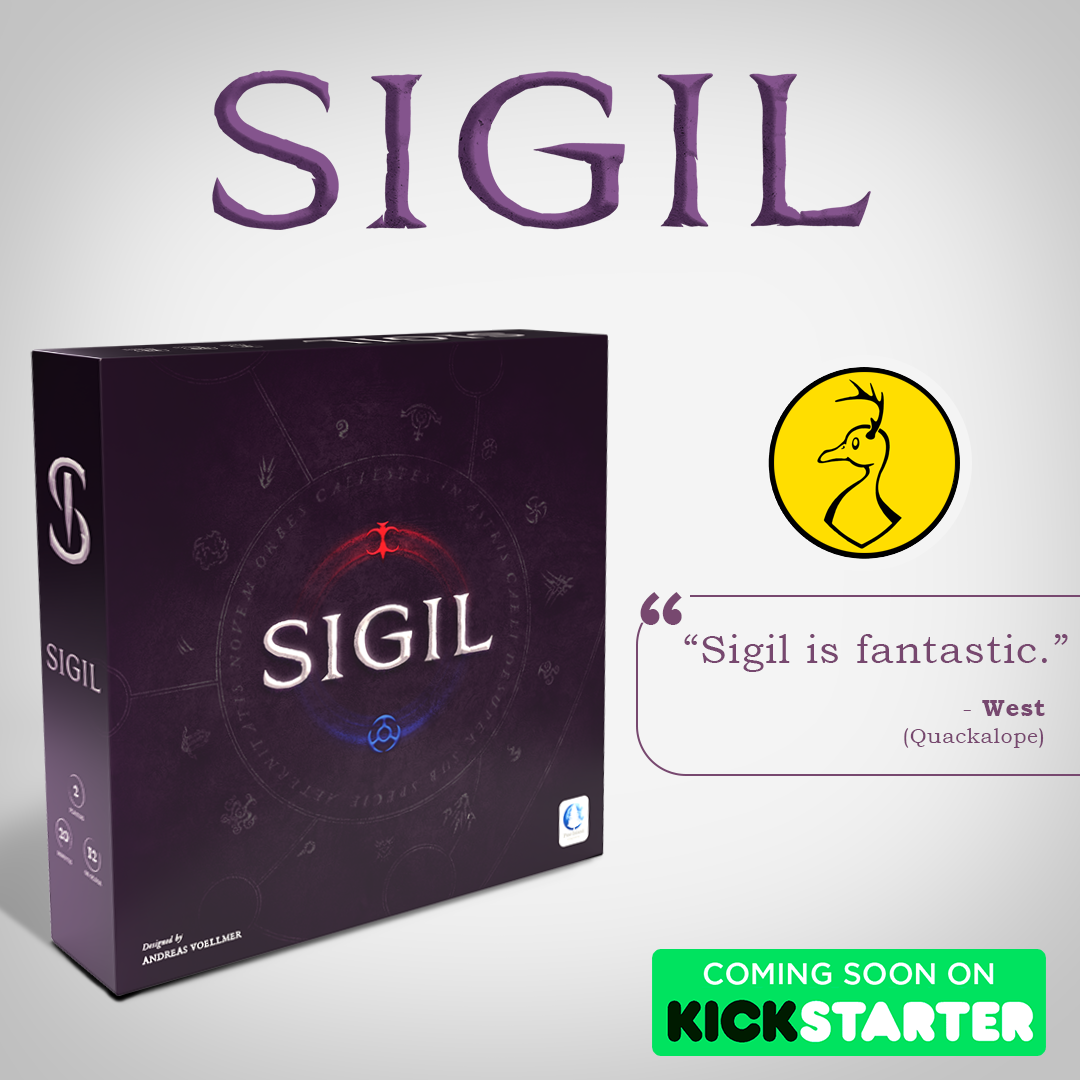
Paid Versus Unpaid
It’s important to note the difference between paid and unpaid content. Most review content and round ups is unpaid, while a lot of preview content is paid. Whether content is paid or unpaid will also depend on the individual creator, and the size of the channel’s audience.
For instance, a smaller channel will likely create preview content for free (to help build its audience and have novel content), while larger established channels will charge a fee for content.
Not all paid content is created equal, and it’s important to partner with creators whose tastes and audiences align with your design. Even when content is paid, you can tell how enthusiastic content creators are about the game they are covering.
Getting Coverage
There are two main kinds of coverage – coverage before your game is released or crowdfunded, and coverage after your game is published.
I wrote up an article on how to reach out to content creators: How to Query Content Creators.
It’s worth noting that the process of reaching out to content creators is relatively similar in each case. However, once your game is published you will get a higher proportion of inquiries for coverage, as well as unprompted coverage.
Once a game is published, unless you are paying for specific content (like a how to play video), the vast majority of coverage will be unpaid (although you may send a review copy of your game).
Where to Find Content Creators
Most readers will have their own favorite board game content creators. Those are a great place to start when looking for reviewers and previewers for your game. But, it’s always worth expanding your playlists. Here are a few places to look for content creators for your game:
Who are your favorite under the radar board game content creators?

















